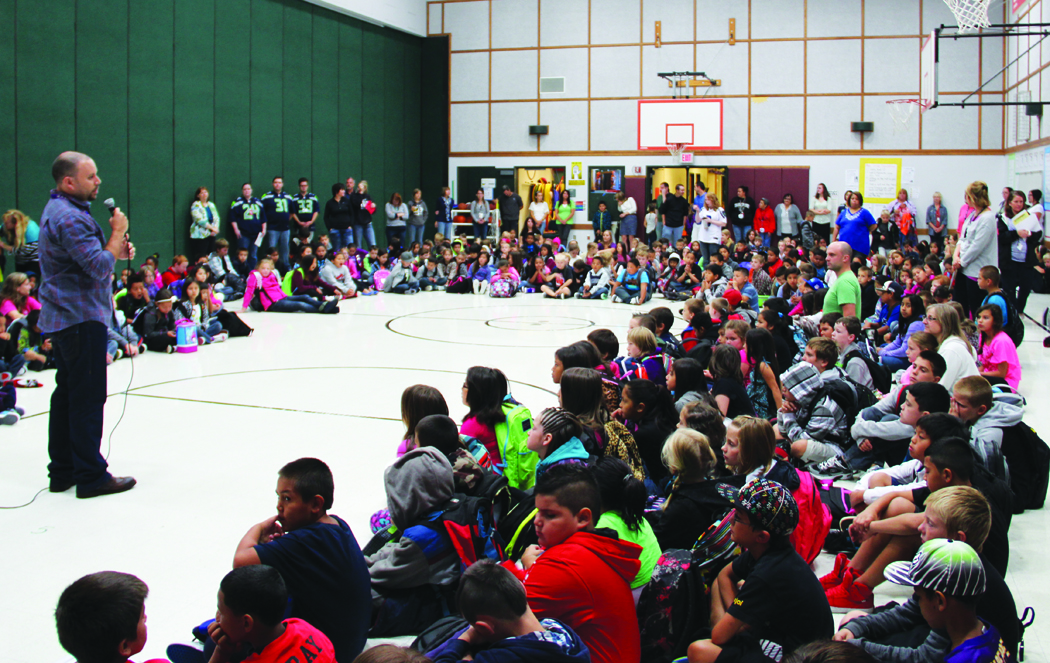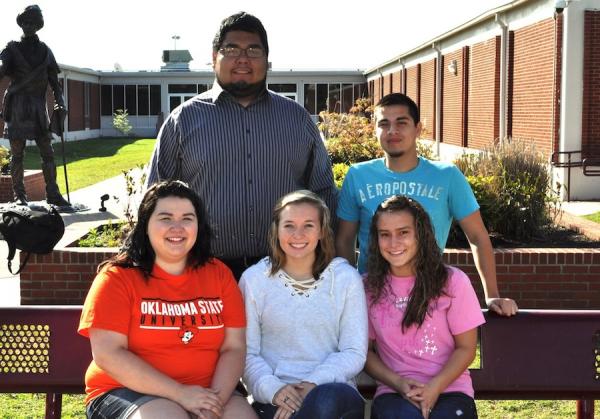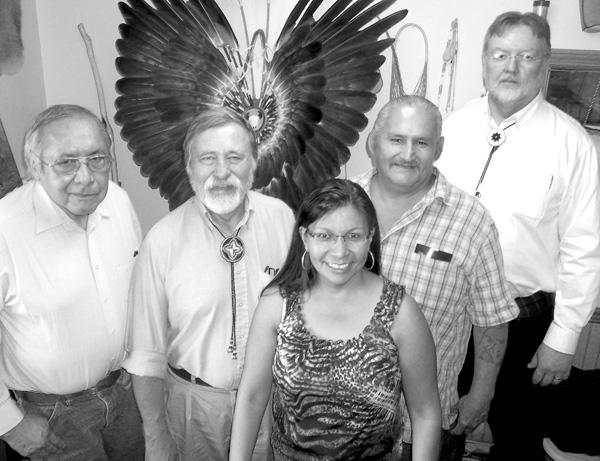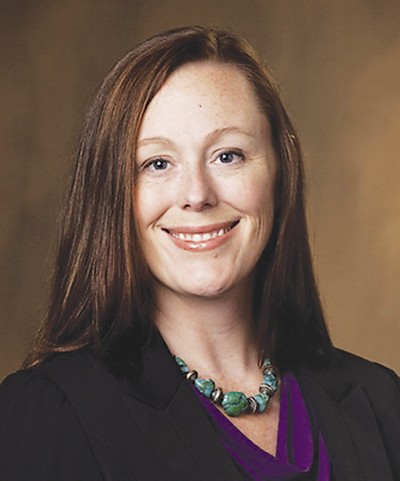Vincent Schilling, Indian Country Today Media Network
Native schools on reservations with limited budgets often struggle to provide healthy, unprocessed and culturally relevant foods for their students. One possible and viable solution to address the severe conditions of poverty, social stress and health and nutrition problems in Native communities and schools is a Farm-to-School program in which local farmers supply produce to the schools directly within in their communities.
Though it may seem like a simple remedy, government regulations stand in the way of small farmers supplying such schools, because before a farmer can sell their wares, they must first gain certification by the United States Department of Agriculture.
The good news is that such an achievement is possible. Thanks to the efforts of the First Nations Development Institute (FNDI), a Navajo community-based charter elementary STAR School and a Navajo Farmer, a successful Farm-to-School program is more than just a theory.
RELATED: First Nations Development Institute Advances Food Sovereignty
In an effort to create similar Farm-to-School programs in Indian country, the FNDI has released a report that offers guidelines for other schools and farms to achieve success.
The report, entitled “Healthy Foods for Navajo Schools: Discoveries from the First Year of a Navajo Farm-to-School Program,” authored by Shawn Newell of Native American Development Associates, details how such a program, if implemented correctly, would be not only be a successful demonstration for any school wishing to undertake a similar project—but it would also be addressing how such issues as obesity and diabetes could be alleviated.
Dr. Mark Sorensen is the co-founder and Director of the STAR (Service To All Relations) School, an elementary charter school located near the southwestern edge of the Navajo Nation. The school is based on four values: respect, relationship, responsibility and reasoning that are rooted in Navajo Peacemaking, a traditional form of conflict resolution.
Students look how to cook in the Navajo Farm-to-School Program (Courtesy Louva Montour)
According to Sorensen, “The Farm-to-School program was initiated with the help of a grant from the FNDI and was supported from the idea that plants have sustained our families for generations. Our communities are really suffering from not having nutritious food grown locally—our area of the Navajo Nation is considered a ‘food desert’—and kids are not likely to start eating more vegetables unless they are personally involved in growing, harvesting, and tasting the food.”
“Our program involves interaction of students and local farmers as well as developing greenhouses on the school campus, all for the purpose of providing students with healthy, fresh, locally grown vegetables,” Sorensen said.
One of the main challenges, explained Sorensen, is that farmers need to meet the qualifications necessary to supply these foods to schools.
In the report, the author Newell states that creating a successful Farm-to-School program involves traversing a complex and evolving jurisdictional landscape because Federal, State and county regulations define school cafeterias and kitchens as food establishments and are subject to the U.S. Food and Drug Administration (FDA) Food code.
This code mandates that such food establishments buy only from an approved source. In order to be an approved source, a farm needs to obtain certification. Unfortunately for small farmers, such certifications are not easy to obtain, the most common is the USDA Good Handling Practices/Good Agricultural Practices Certification or GHP/GAP.
Sorensen says this is the main reason for their efforts. “One of our purposes in this program is to help local farmers develop their food safety practices to the point of being able to regularly supply the school with food. It is to fulfill this purpose that we wrote the Navajo Food for Schools Manual.”
In the meantime, Stacey Jensen (Navajo) the Farm Manager of The North Leupp Family Farms (NLFF) a community-based, non-profit, volunteer- driven farm supporting sustainable agricultural for more than 20 years – says they are working on such certification. In the interim they can’t supply food to the schools.
“We cannot sell our produce to STAR Schools without a certification. We are working and should have it in the next six months. This time next year we should have our 501(c) (3) so we will be able to go after the big grants. The farm is also working to get off our diesel generators this year and become completely solar,” says Jensen.
“This could be the best thing ever, I envision it to be that way but there are regulations and certifications and standards and so forth – which sort of negates our efforts to have this wonderful community come together as farmers and schools and students,” he says. ”It definitely is frustrating at times.”
Though he is frustrated with policy, he loves working with the STAR students and sharing his culture.
“The children are wonderful; I love children especially the STAR School students. I call them STAR kids because they have the philosophy where everything has a relationship to everything else and everything is in a cycle. The kids definitely enjoy it. One child came out that didn’t know where carrots came from until I pulled it out of the vegetable bed for him. You should have seen the expression on his face,” said Jensen.
Louva Montour (Navajo) is the Foodservice Manager/Home Economics Teacher and the Wellness Program coordinator at the STAR School. Montour speaks well of the Farm-to-School program but voices concern as to how government policy keeps locally available, healthy and culturally relevant foods from their school.
“The rules and regulations keep us from doing this program to the extent we want to do this,” said Montour. “We want to work with our own native farmers. That is the whole idea is that we would like our young kids to learn about and appreciate our cultural and traditional foods.”
“Last spring, there was a group of fifth and sixth grade students who went out and planted corn. They also helped with harvest, they brought it back and husked the corn. We made kneeling down bread, which is a Navajo recipe. Another class dried blue corn and later ground the corn. We also save the kernels for stew and we used it for winter food.”
The Navajo Farm-to-School Program emphasizes culturally relevant foods and cooking techniques. (Courtesy Louva Montour)
“We teach a lot of cultural awareness, says Montour. “A lot of students are living in urban areas. They are not living in a ranch or farm setting. This (program) takes them away from their electronic games.”
Montour says that the program also teaches values that the students take away to share with their families. “The kids tell me that because of this, they help out more at home. They help their mother more with cooking. They helped their mom make bread. They use these foods in traditional ceremony and they will tell me they helped out.
Ultimately says Montour, “This is all hands on learning. We have a lot of fun.”
Raymond Foxworth, (Navajo) the FNDI’s senior program officer, told ICTMN how the success of the STAR School and the corresponding manual will serve to guide others in Indian Country.
“Farm-to-school has become an important model in urban areas as one mechanism to increase access to healthy and fresh food for kids. But in Indian country we only have a handful of successful programs and there are a variety of reasons for this. At the STAR School they are overcoming these challenges.”
“Food is an important part of Native identities and is always a part of social gatherings and celebrations,” says Foxworth. “This program really takes steps so that we can begin to ask questions about what we are eating, how the food we eat is prepared and where does our food come from,” he said.
“Moreover, this program starts with our kids so that we can grow future generations of healthy, strong, educated and health conscious Native children.”
Read more at http://indiancountrytodaymedianetwork.com/2013/08/28/fresh-farm-school-lunches-navajo-pilot-program-proves-successful-151066





























